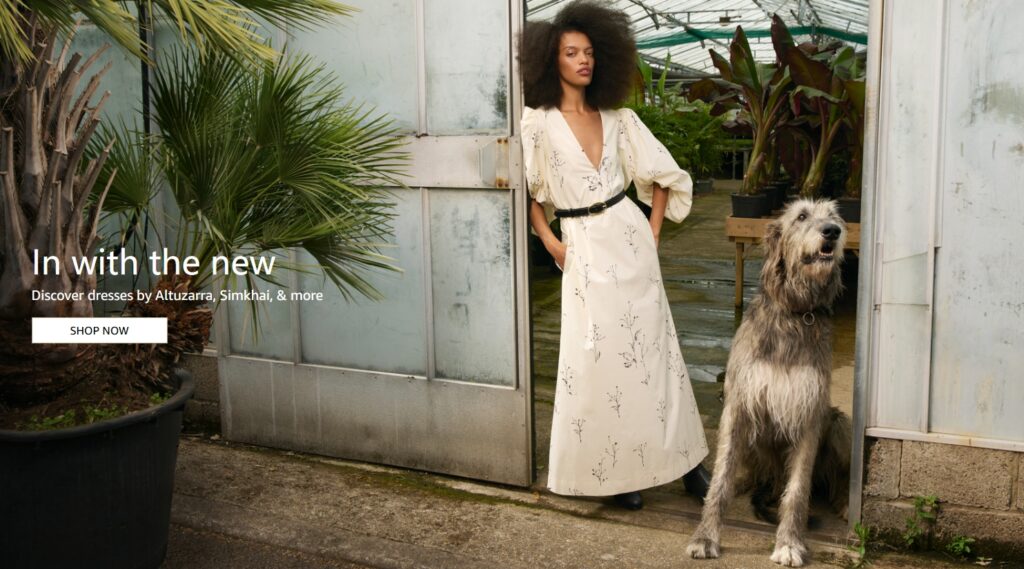The Secret Language of Gurgles: Decoding Your Baby’s First Conversations
Every coo, every gurgle, and every squeal is more than just a cute sound—it’s your baby testing their voice and trying to communicate with you. Long before they form their first word, babies are hard at work building the foundation for language. Understanding this incredible process can deepen your bond and support their development.

Pre-Talk: It Starts With a Cry
From the moment they are born, babies are expert communicators. Their first language is crying, used to express hunger, discomfort, sleepiness, or the need for a cuddle. As parents, we quickly learn to distinguish the subtle differences in pitch and intensity. This is the very first step in a lifelong dialogue.
The Cooing Stage (2-4 Months)
Around the two-month mark, you’ll be rewarded with the most magical sound: cooing. These are soft, vowel-like sounds such as “ooh” and “aah,” often made when your baby is content and engaged. They are practicing controlling their vocal cords and mouth muscles. Your enthusiastic response teaches them the most critical lesson: that their voice has power and can elicit a reaction.
The Babbling Boom (6-9 Months)
This is where the real fun begins! Babbling introduces consonants, leading to repetitive syllables like “ba-ba-ba,” “ma-ma-ma,” or “da-da-da.” It might sound like nonsense, but it’s a sign that your baby is discovering the specific sounds that make up their native language. They are literally conducting experiments with their mouth.
How to Encourage Your Little Linguist:
- Talk and Narrate: Describe what you’re doing as you change a diaper, cook dinner, or fold laundry. “Now I’m putting on your blue socks. They are so soft!”
- Be a Copycat: Gently imitate their sounds. This turns communication into a fun game and shows them the back-and-forth rhythm of conversation.
- Read Every Day: Reading aloud exposes them to a rich variety of words, rhythms, and tones they don’t hear in everyday speech.
- Sing Songs: The repetitive nature of nursery rhymes is perfect for language acquisition.
Remember, you are your baby’s favorite person and their most important teacher. By listening closely and responding with love and attention, you are not just hearing cute noises—you are actively helping to build their world of words.

